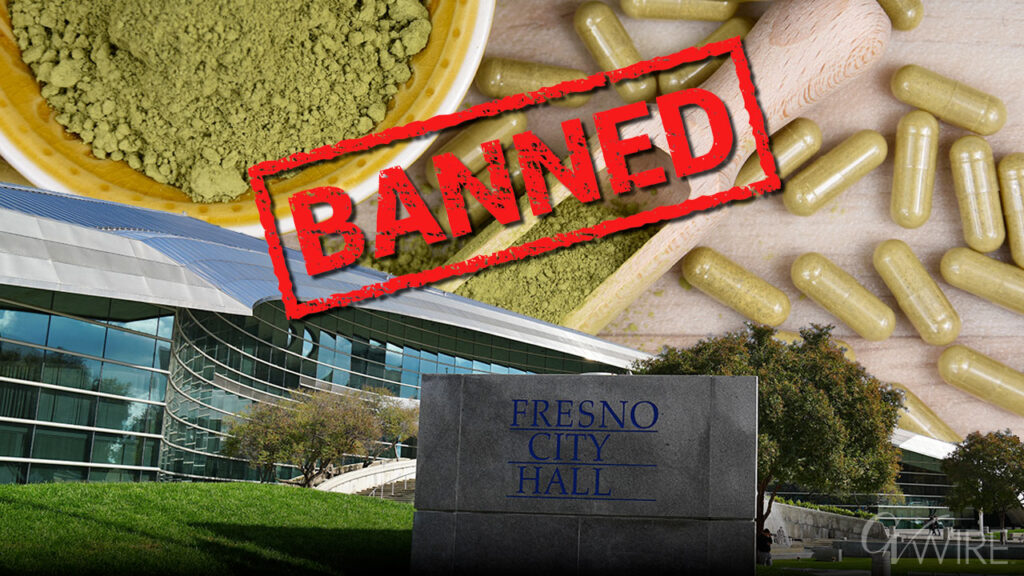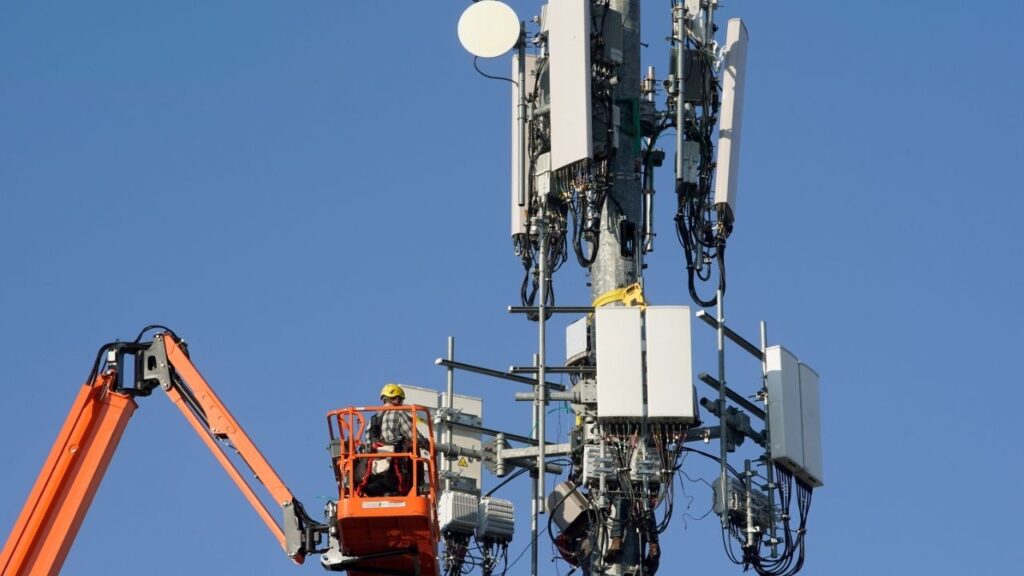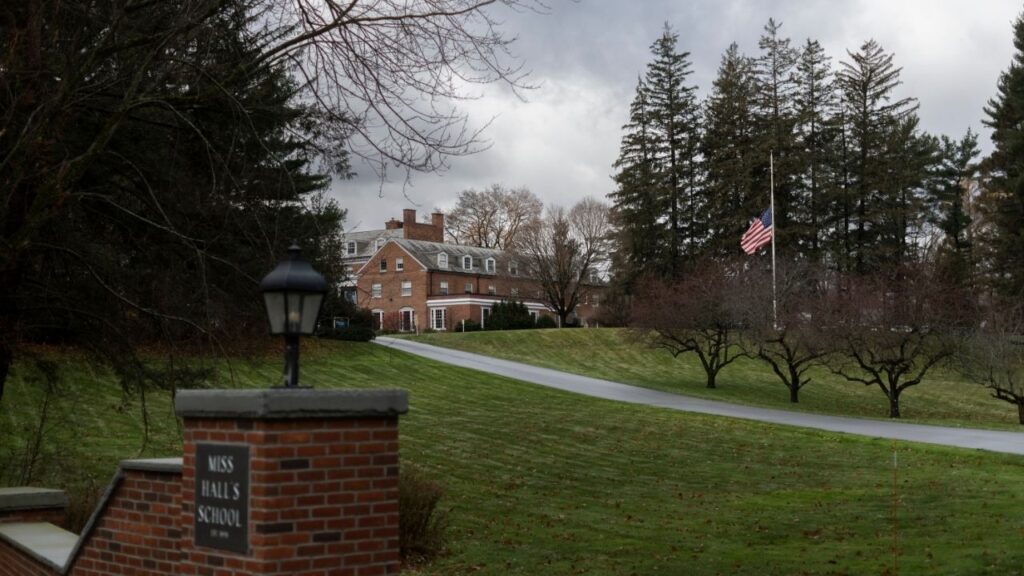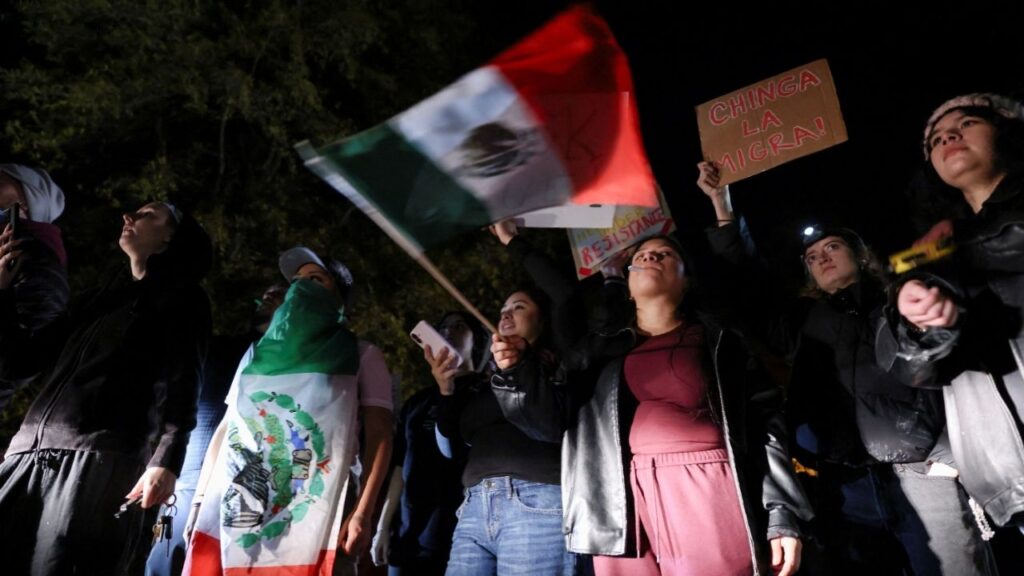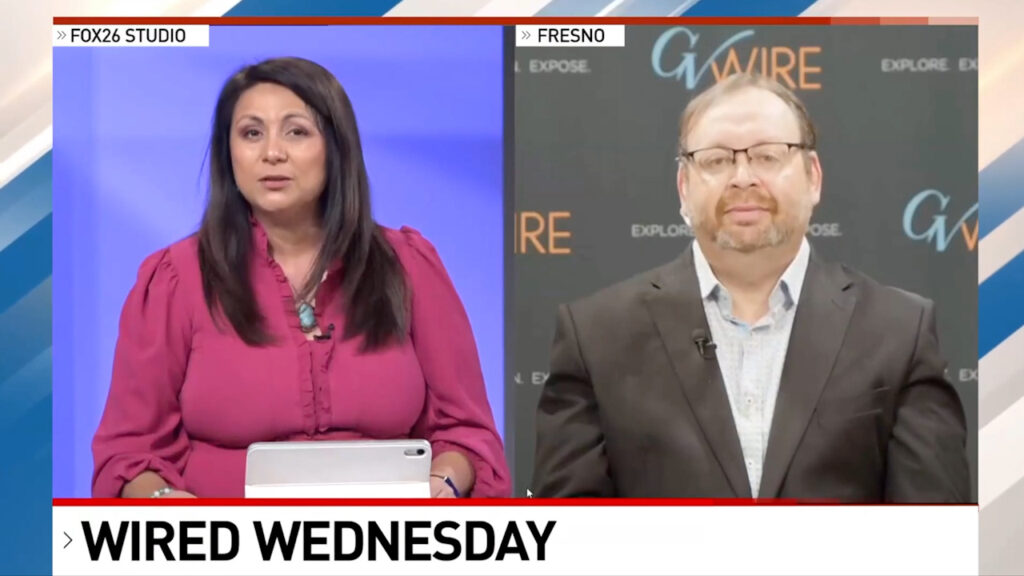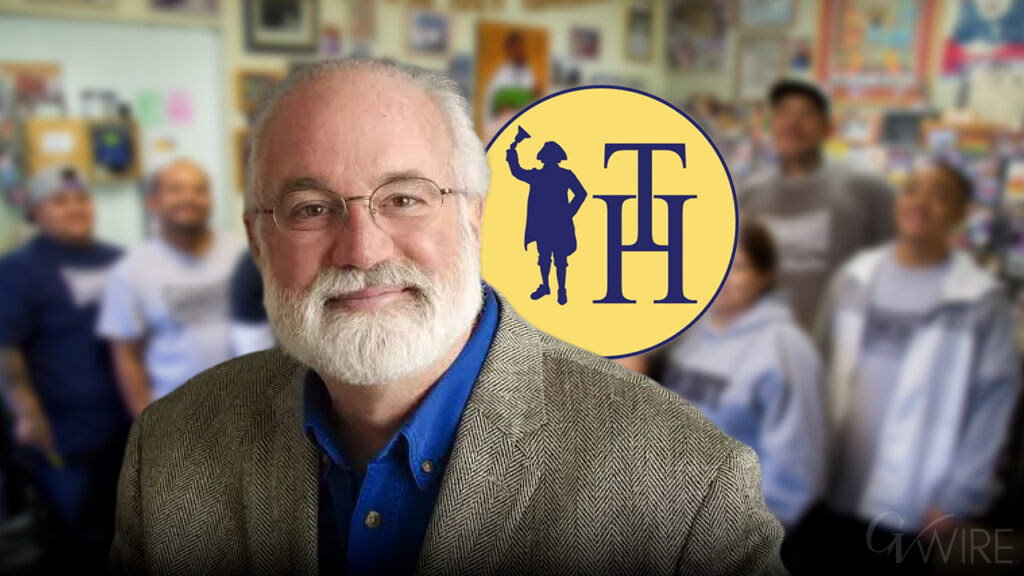A ticket reading "sold" hangs from an AR-15 semi-automatic rifle in Pasadena, Md., Jan. 14, 2013. The Supreme Court announced on Monday that it would not hear a major Second Amendment challenge to a Maryland law banning semiautomatic rifles like the AR-15. As is the court’s practice, its brief order gave no reasons. (Steve Ruark/The New York Times)

- Supreme Court declines to hear challenge to Maryland’s AR-15 ban, leaving it intact despite objections from three conservative justices.
- Justice Thomas warns court is undermining Second Amendment, calling AR-15 ban question critical and accusing colleagues of ignoring constitutional precedent.
- Fourth Circuit upheld Maryland law, citing historical tradition; dissenters argued majority misapplied Supreme Court’s Bruen standard and minimized lawful gun use.
Share
|
Getting your Trinity Audio player ready...
|
WASHINGTON — The Supreme Court announced Monday that it would not hear a major Second Amendment challenge to a Maryland law banning semiautomatic rifles like the AR-15. As is the court’s practice, its brief order gave no reasons.
The move, over the objections of three conservative justices, let the ban stand and reflected the court’s intermittent engagement with gun rights. It has issued only three significant Second Amendment decisions since recognizing an individual right to own guns in 2008.
The Maryland law was enacted in 2013 in response to the mass shooting at Sandy Hook Elementary School in Connecticut the previous year. It banned many semiautomatic rifles and imposed a 10-round limit on gun magazines.
In dissent, Justice Clarence Thomas said the court should have considered the question, which the justices have repeatedly declined to resolve.
“I would not wait to decide whether the government can ban the most popular rifle in America,” he wrote. “That question is of critical importance to tens of millions of law-abiding AR-15 owners throughout the country. We have avoided deciding it for a full decade.”
He added that the court’s commitment to the Second Amendment was inadequate.
“I doubt we would sit idly by if lower courts were to so subvert our precedents involving any other constitutional right,” he wrote. “Until we are vigilant in enforcing it, the right to bear arms will remain ‘a second-class right.’”
Justices Samuel Alito and Neil Gorsuch said they too would have heard the case but did not provide reasons.
Justice Brett Kavanaugh, who could have supplied the fourth vote needed to add the case to the court’s docket, issued a statement saying the question was significant and could soon warrant review but that he hoped additional opinions from lower courts could assist the justices on the issue. He wrote that the Supreme Court “should and presumably will address the AR-15 issue soon, in the next term or two.”
That eventual case will require the court to apply its recently minted test for assessing constitutional challenges to gun control measures, one that requires judges to strike down such laws unless they are “consistent with the nation’s historical tradition of firearm regulation.”
In a 10-5 ruling in August, the 4th U.S. Circuit Court of Appeals, in Richmond, Virginia, said the Maryland law satisfied that history-based test, which was set out in the Supreme Court’s 2022 ruling, New York State Rifle & Pistol Association v. Bruen.
The law’s ban on what critics call assault weapons ban did not violate the Second Amendment because rapid-firing long guns “are military-style weapons designed for sustained combat operations that are ill-suited and disproportionate to the need for self-defense,” wrote Judge J. Harvie Wilkinson III, who was appointed by President Ronald Reagan.
“We decline to wield the Constitution to declare that military-style armaments, which have become primary instruments of mass killing and terrorist attacks in the United States, are beyond the reach of our nation’s democratic processes,” Wilkinson added.
Five dissenting judges — all appointed by Republican presidents — accused the majority of ignoring Bruen and other precedents.
“Rather than considering the amendment’s plain text, the majority sidesteps it altogether and concocts a threshold inquiry divorced from the right’s historic scope,” wrote Judge Julius N. Richardson, who was appointed by President Donald Trump.
“To make matters worse, it then misconstrues the nature of the banned weapons to demean their lawful functions and exaggerate their unlawful uses,” he added. “Finally, to top it all off, the majority cherry-picks various regulations from the historical record and pigeonholes them into its preferred — yet implausible — reading of our nation’s historical tradition of firearms regulation.”
Last year, the Supreme Court ruled that the government can disarm people subject to restraining orders for domestic violence, limiting the sweep of its Bruen decision. Only Thomas, the author of the majority opinion in Bruen, dissented from the domestic-violence decision.
The ruling, United States v. Rahimi, represented a modest retreat from what had been an unbroken series of major rulings favoring gun rights that started in 2008, when the court first recognized an individual constitutional right to keep firearms in the home for self-defense.
In a concurring opinion in the 4th Circuit decision, Chief Judge Albert Diaz, who was appointed by President Barack Obama, said the Supreme Court’s history-based test had created “a labyrinth for lower courts, including our own, with only the one-dimensional history-and-tradition test as a compass.”
He added: “Courts, tasked with sifting through the sands of time, are asking for help.”
In dissent, Richardson wrote that “the Second Amendment is not a second-class right subject to the whimsical discretion of federal judges.” The majority, he wrote, had ignored history in favor of “waxing poetic about the dangers of gun violence and the blood of children.”
—
This article originally appeared in The New York Times.
By Adam Liptak/Steven Ruark
c. 2025 The New York Times Company






